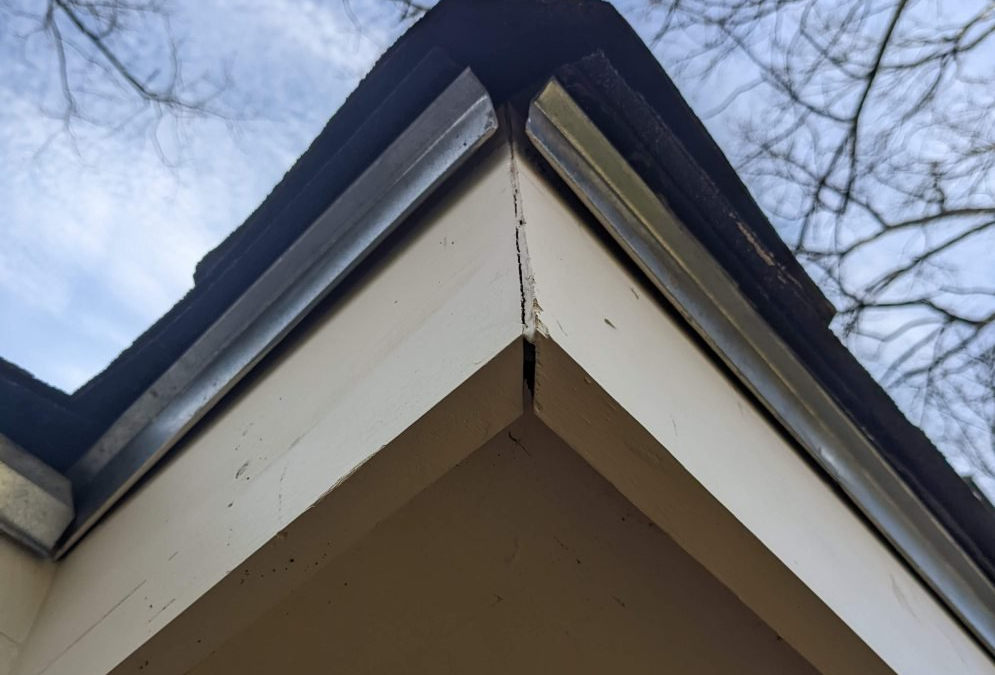Gutter drip edge is a small yet crucial component of your home’s roofing and gutter system. In this comprehensive guide, we explore what gutter drip edge is, why it matters, the materials commonly used, installation processes, maintenance tips, and the common myths surrounding it. Tiger Gutters from Memphis, TN, appreciates the importance of sharing expert insights on gutter systems to help homeowners understand and care for their properties effectively.
What is a Gutter Drip Edge?
A gutter drip edge is a type of metal flashing installed along the edge of your roof. Its primary function is to direct rainwater away from the fascia and into the gutter system. By providing an additional layer of protection, the drip edge helps to prevent water from seeping behind the gutters or damaging the roof deck. Essentially, it acts as a barrier that channels water precisely where it should go, reducing the risk of erosion and water-related damage.
The Importance of a Gutter Drip Edge
Preventing Water Damage
One of the most significant benefits of installing a gutter drip edge is its ability to minimize water damage. By ensuring that water flows directly into the gutters rather than trickling down the fascia or roof edge, the drip edge plays a vital role in maintaining the integrity of your home’s exterior. This is especially important during heavy rainfalls when the volume of water can easily overwhelm a standard gutter system.
Enhancing Gutter Efficiency
A properly installed drip edge contributes to the overall efficiency of your gutter system. It helps prevent common issues such as:
- Water overflow during heavy rains.
- Ice dams in colder climates.
- Premature deterioration of roofing materials.
Extending the Lifespan of Roofing Materials
The consistent redirection of water not only benefits your gutters but also helps protect roofing materials. By reducing moisture accumulation around the roof’s edge, a drip edge can prolong the life of shingles, fascia boards, and other structural elements.
Materials Commonly Used for Gutter Drip Edge
Aluminum
Aluminum is a popular choice due to its durability, resistance to rust, and ease of installation. It is lightweight yet strong enough to withstand the elements, making it an ideal material for gutter drip edges.
Copper
Copper drip edges offer a unique aesthetic appeal with their natural patina over time. Although more expensive, copper is known for its longevity and ability to withstand harsh weather conditions without deteriorating.
Vinyl
Vinyl drip edges provide a cost-effective alternative for homeowners. While not as durable as metal options, vinyl can be a suitable choice for budget-conscious projects or areas with milder weather conditions.
Comparing Material Benefits
- Durability: Metal options like aluminum and copper tend to offer longer-lasting performance compared to vinyl.
- Aesthetics: Copper provides a classic look that can complement traditional or historic home designs.
- Maintenance: Aluminum drip edges require minimal upkeep, whereas vinyl might need periodic replacement in more extreme climates.
The Installation Process: Key Considerations
Planning and Preparation
Before installation, a thorough assessment of the roof and gutter system is essential. Homeowners should consider:
- The pitch of the roof.
- The size and placement of the gutters.
- The overall design of the roofing structure.
Step-by-Step Overview
- Measuring the Roof Edge: Accurate measurements are crucial for determining the correct length of the drip edge.
- Cutting the Material: Once measurements are taken, the chosen material (aluminum, copper, or vinyl) is cut to size.
- Securing the Drip Edge: The drip edge is then secured along the roof edge, ensuring it overlaps the fascia and extends into the gutter.
- Sealing and Finishing: In some cases, additional sealing may be applied to ensure that water is properly directed into the gutters without leakage.
Considerations for DIY Installations
While some homeowners opt for a do-it-yourself approach, installing a gutter drip edge requires careful attention to detail. Factors such as roof pitch and weather conditions can affect the installation process. It’s important to note that even if you choose a DIY method, thorough research and proper tools are critical for a successful installation.
Maintenance and Repair Tips
Regular Inspections
Regular inspections of your gutter system can help identify issues with the drip edge before they become significant problems. Look for signs such as:
- Rust or corrosion on metal drip edges.
- Loose or misaligned sections.
- Water overflow or pooling along the roof edge.
Cleaning and Debris Removal
Keeping the drip edge clean is essential for optimal performance. Debris such as leaves, twigs, and dirt can accumulate along the drip edge, potentially impeding the flow of water. Regular cleaning not only maintains functionality but also helps prevent damage to the underlying roofing material.
Repairing Damaged Areas
If you notice any damage or wear, prompt repairs are crucial. Depending on the material, this might involve:
- Replacing a section of the drip edge.
- Securing loose areas with appropriate fasteners.
- Applying a protective coating to prevent further corrosion.
Recognizing When Repairs or Replacements Are Needed
Common Warning Signs
Homeowners should be aware of several signs that indicate a need for repairs or replacements:
- Visible Damage: Cracks, dents, or significant rust spots.
- Water Damage: Evidence of water seeping behind the gutter system or pooling at the base of the roof.
- Misalignment: Sections of the drip edge that are no longer flush with the roof edge.
Proactive Maintenance
Regular maintenance is the best way to avoid unexpected issues. By scheduling periodic checks—especially after severe weather events—homeowners can ensure that their gutter drip edge is functioning as intended.
Debunking Common Myths about Gutter Drip Edge
Myth 1: Drip Edges Are Unnecessary
Some homeowners believe that gutters alone are sufficient for directing water away from the home. However, without a drip edge, water may run down the fascia or cause damage to the roofing material, ultimately reducing the effectiveness of the gutter system.
Myth 2: All Drip Edges Are the Same
In reality, the quality, material, and installation of a drip edge can vary widely. Understanding the differences between materials and installation techniques is key to making an informed decision about your home’s gutter system.
Myth 3: Drip Edge Installation Is a Simple Task
While it might seem straightforward, the installation of a drip edge involves careful measurements and precision. Factors like the roof’s pitch and the type of gutter system can complicate the process, which is why some homeowners opt to educate themselves thoroughly before proceeding.
How to Choose the Right Drip Edge for Your Home
Assessing Your Home’s Needs
Choosing the right drip edge involves evaluating several factors:
- Climate Considerations: Homes in areas with heavy rainfall or harsh winter conditions might benefit from more durable materials like aluminum or copper.
- Aesthetic Preferences: The material and finish of your drip edge can complement the overall look of your home.
- Budget Constraints: While premium materials offer longevity, there are cost-effective alternatives available that provide satisfactory performance for less demanding environments.
Evaluating Material Durability and Cost
- Aluminum: Offers a balance between durability and cost.
- Copper: Provides longevity and an attractive finish but comes at a higher price.
- Vinyl: A more affordable option, though it may not offer the same durability as metal alternatives.
Research and Planning
Before making any decisions, it’s advisable to research various options and consider reading customer reviews, manufacturer guidelines, and expert recommendations. Understanding the full scope of your home’s needs will ensure that you select a drip edge that provides both functionality and aesthetic appeal.
Conclusion
A gutter drip edge plays a vital role in protecting your home’s roofing and gutter system by effectively channeling water away from vulnerable areas. From preventing water damage to enhancing the overall efficiency of your gutter system, understanding the nuances of drip edge installation and maintenance is essential for any homeowner. Throughout this guide, we have explored what a gutter drip edge is, its benefits, the materials used, and the necessary steps for maintenance and repair—all while remaining purely informational. Tiger Gutters from Memphis, TN, is committed to sharing this valuable knowledge to empower homeowners in making informed decisions about their property care without any commitments or promises regarding services.
By staying informed and proactive, homeowners can ensure that their gutter system, including the crucial drip edge component, remains in optimal condition for years to come.

